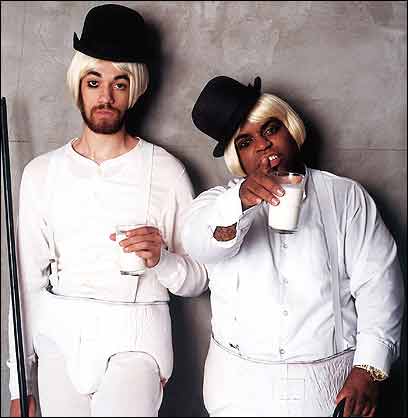
They look like lunatics – but they make millions (errr..they don’t work for TI)
Fortune Magazine has a great article about how Texas Instrument harnesses the power of the fringes to generate new ideas, and explore opoortunities that would otherwise be ignored.
It reveals how a senior TI manager – Gene Frantz – has an interesting role : “searching for and encouraging all manner of lunatics and visionaries.”
The article goes on :
Frantz is the dean of an informal and amorphous group of TI engineers (and their peers and contacts outside the company) who call themselves the Lunatic Fringe. They are senior people who have been given free rein to follow their curiosity wherever it goes.
“There’s this continuum between total chaos and total order,” Frantz explains. “About 95% of the people in TI are total order, and I thank God for them every day, because they create the products that allow me to spend money. I’m down here in total chaos, that total chaos of innovation. As a company we recognize the difference between those two and encourage both to occur.”
By embracing the fringes TI has had some notable successes that it would have otherwise have missed on. As the article points out :
…today’s wacky idea can turn out to be tomorrow’s billion-dollar industry. (…) Think of this virtuous cycle – curious, open-minded engineers finding pockets of innovation around the world, which in turn inspires further innovation back at HQ – as an extremely effective opportunity-detection system.
This is a type of loose and free open innovation, the sort of which P&G is currently embracing. TI finds ideas in a myriad of places and showcases the good ones, whether internal or external. It would only work for a large organisation, but when it works, and it’s ingrained in the culture, it works well.
(via The Business Innovation Insider) and Corante
Update : Gene Frantz also blogs for TI. His latest posting is here






